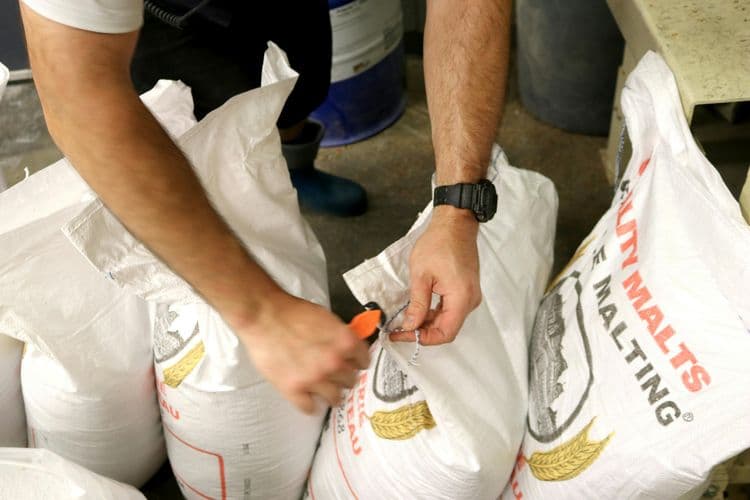
Malt Matters: Malt’s Role in Brewing Tradition
learn how Malt shapes Beer’s Flavor
Discovering the Essence of Malt in Craft Brewing
At Amara Beer Lab, right in the heart of Siem Reap, Cambodia, we’re all about brewing beers that showcase our dedication to quality and our drive to keep pushing the boundaries of innovation. Our focus is on styles like English and American ales, as well as low-ABV Belgian beers, such as Table Beers and Belgian Blondes, which offer complexity while remaining highly drinkable. While we explore different styles, our emphasis remains on top-fermentation techniques, which align with our brewing philosophy. The reasoning behind this choice, particularly in relation to yeast selection, will be explored in a future article.
One of the key elements that define our beers is malt, the foundation of every brew. Today, we take a deep dive into the world of malt, its varieties, and the aromatic contributions it brings to our craft beers
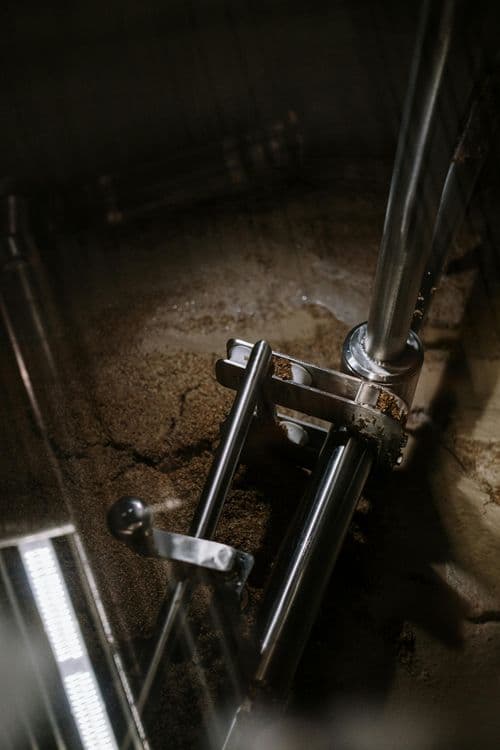
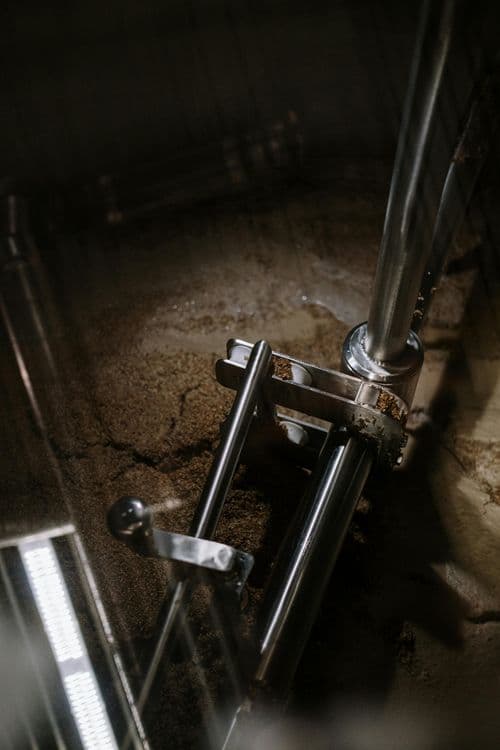
What is Malt?
Malt is the heart of beer, providing the essential sugars for fermentation while contributing to the color, body, and flavor of the final product. The malting process involves germinating cereal grains—most commonly barley, but also wheat, rye, and other grains—and then halting the process through kilning. This process unlocks the grain’s starches, which are later converted into fermentable sugars during brewing.
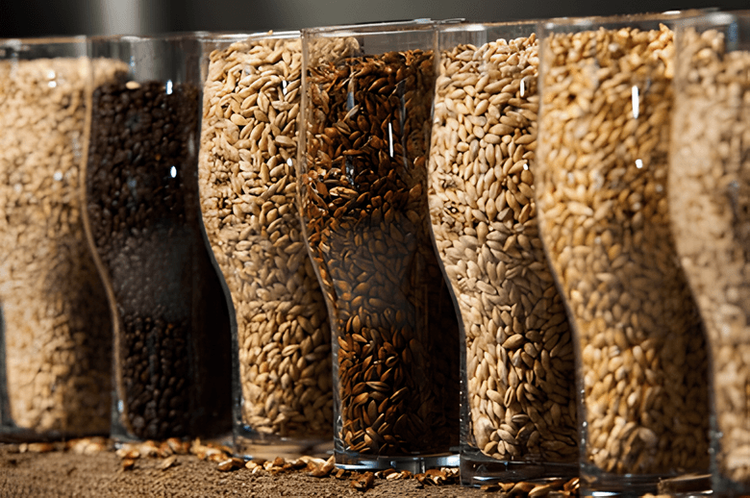
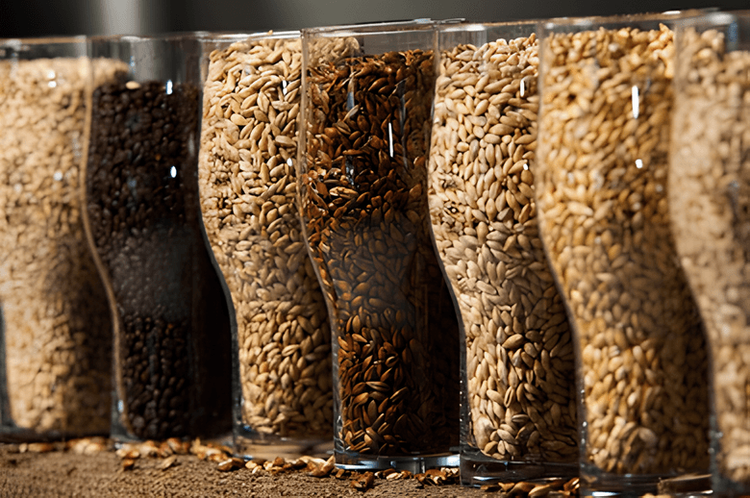
Types of Malt and Their Contributions
Malts can be categorized into three primary groups, each playing a distinct role in the brewing process.
Base Malts – The Backbone of Beer
Base malts make up the majority of the grain bill, providing fermentable sugars and a mild, grainy sweetness.
- Pilsner Malt: Light in color and flavor, perfect for crisp, clean beers
- Pale Ale Malt: Slightly richer with a balanced malt profile, ideal for a wide variety of styles
- Vienna Malt: A lightly toasted malt with an amber hue, adding depth to ales and lagers.
- Munich Malt: Darker and maltier than Vienna, offering biscuity, bready notes ideal for Amber Ales or Bocks.
- Wheat Malt: Enhances mouthfeel and adds a soft, bready quality, key in Belgian Witbiers and Hefeweizens.
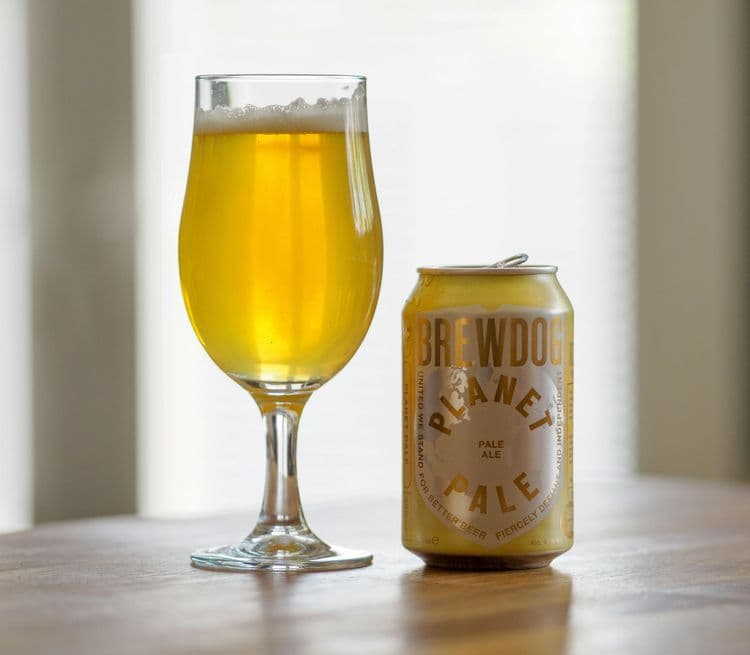
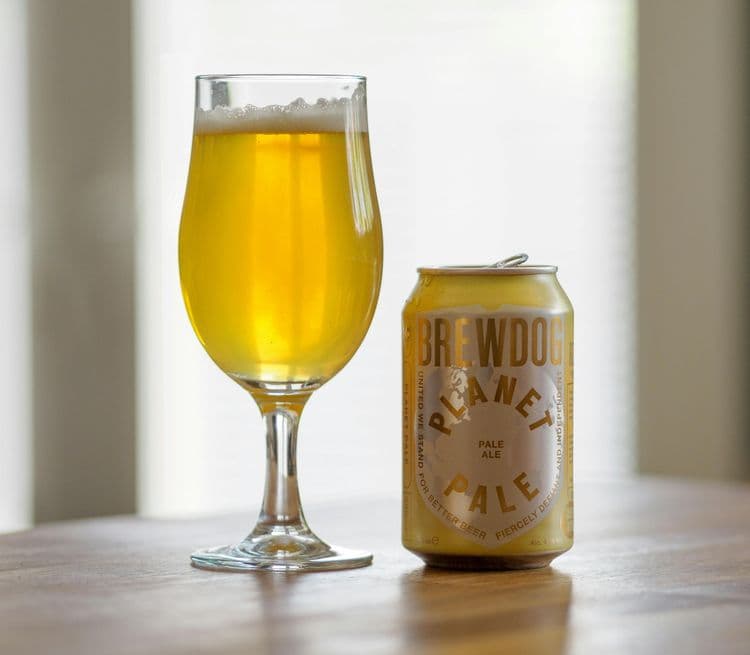
Specialty Malts – Enhancing Flavor, Color, and Complexity
Specialty malts are used in smaller amounts to refine a beer’s character:
- Caramel/Crystal Malts: Provide a sweet, toffee-like flavor with rich amber hues.
- Roasted Malts: Such as Chocolate or Black Malt, which impart dark colors and deep, roasted coffee or cocoa notes.
Adjuncts & Unmalted Grains – Lightening Body & Adding Complexity
While not technically malt, adjuncts such as flaked maize, oats, or rice are used to alter texture and flavor. At Amara Beer Lab, we highlight Cambodia’s agricultural heritage by using pre-gelatinized Pka Rumdeng rice. These adjuncts contribute to:
- A lighter body with a crisp finish
- A subtle graininess without overwhelming the malt profile
"I can’t stand people who do not take food seriously"
( Irish Poet, 1854 - 1900 )
The Aromatic Contributions of Malt
Malt is a treasure trove of aromas, and depending on its type and kilning process, it can provide a diverse sensory experience in beer:
- Biscuit & Bread – Found in English Pale Ales
- Caramel & Toffee – Adding depth to Amber Ales and Belgian Dubbels
- Roast & Coffee – Classic notes in Stouts and Porters
- Nutty & Toasty – A signature of Brown Ales and Saisons
- Grainy & Crisp – Bright flavors that shine, for example, in some of our creations
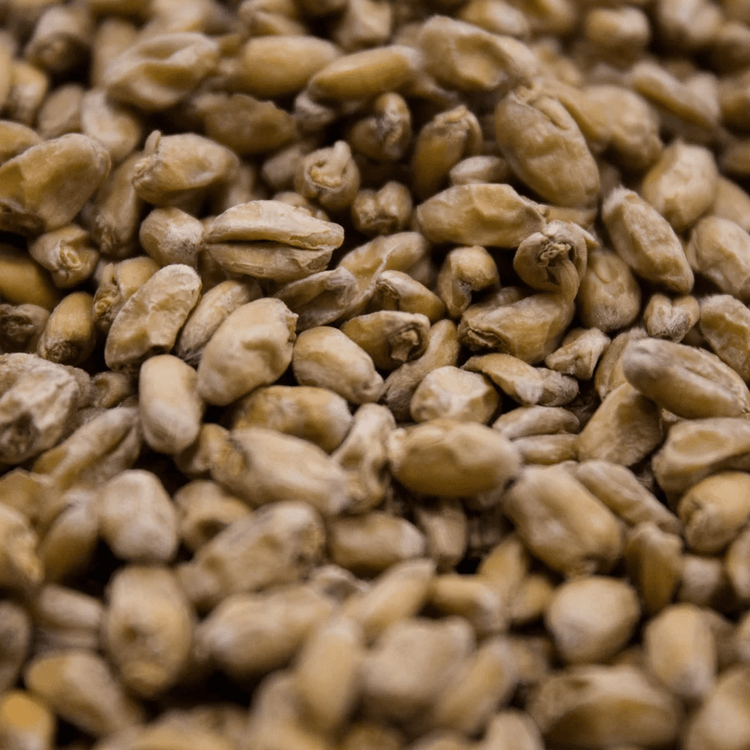
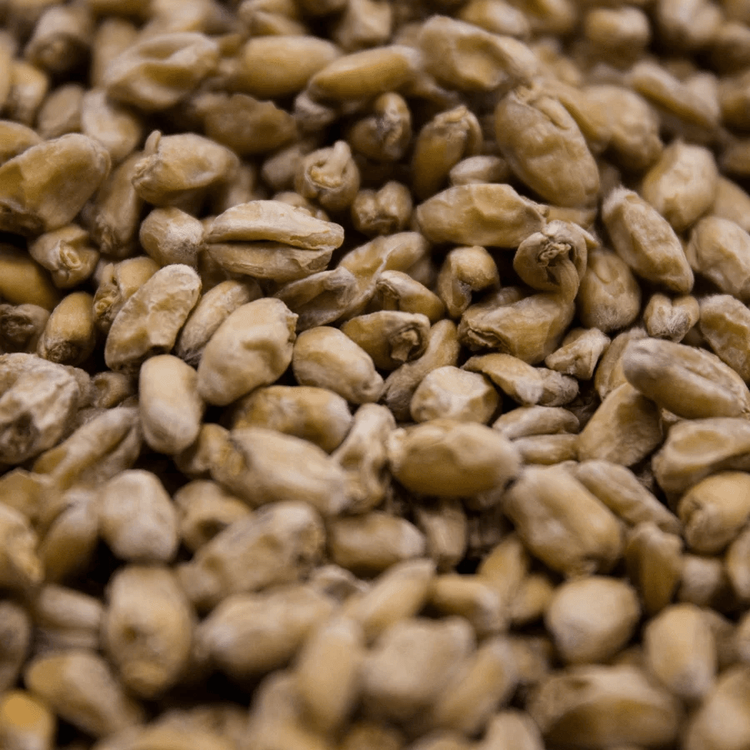
Wheat Malt & Its Unique Role in Brewing
Wheat malt is distinctive for its silky mouthfeel and delicate bready sweetness. It plays a key role in Belgian Witbiers, complementing the spicy and citrusy notes of yeast, and in German Hefeweizens, enhancing the banana and clove esters characteristic of the style.
Final Thoughts: A Toast to Malt’s Role in Craft Beer
Next time you enjoy one of our high-fermentation ales, take a moment to appreciate the depth of malt’s influence—from the grain bill to the final pour. Whether it’s the biscuity warmth of Pale Ale Malt, the silky softness of Wheat Malt, or the rich depth of roasted malts, each sip tells a story of craftsmanship and passion.
Cheers to the art of brewing!
